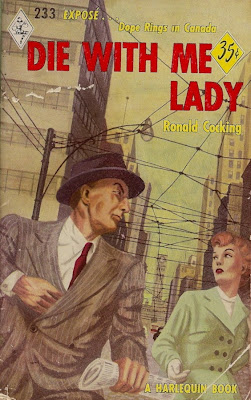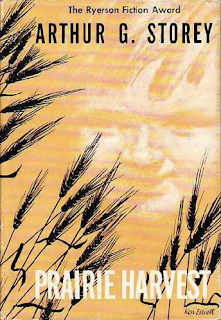 |
| Gwethalyn Graham 18 January 1913 – 26 November 1965 |
In Graham's case, the neglect is a bit easier to understand. She produced only three books in her short life. The first, Swiss Sonata (1938), was published in England and the United States, earned reviews of the "respectable first novel" variety, won a Governor General's Award, then quickly slipped out of print and out of mind. The third, Dear Enemies (1963), "a dialogue on French and English Canada" with unhappy journalist Solange Chaput-Rolland, might be of interest to those studying the Quiet Revolution.
It's for that middle book, the novel Earth and High Heaven, that we remember Graham. Or do we? Before Cormorant Books resurrected Swiss Sonata and Earth and High Heaven last decade, Graham had been long out-of-print. But in 1944 and 1945, she was a publishing sensation.
Arriving in bookstores during the final months of the Second World War, Earth and High Heaven and its romantic story of the forbidden love between a Gentile and a Jew appealed.
"Deserves the widest possible audience," decreed the New York Times. Earth and High Heaven received just that. The week of publication, a portrait of the unknown author graced the cover of The Saturday Review. Two weeks later, the magazine featured an advert boasting that the book was in its third printing.
 |
| Life, 19 February 1945 |
 |
| Ottawa Citizen 12 October 1946 |
Graham estimated that her novel sold 1,250,000 copies in its first thirteen months. Sure seems like it. When I was a student back in the 'eighties, Montreal's used bookstores were giving away copies gratis.
There would be no movie – film historians are of the mind that it was somehow killed by the success of Gentleman's Agreement. There was no third novel, either. One might blame the riches – they did get in the way for a time – but I think the true reason for the silence was fear. Accepting her second Governor General's Award at Montreal's Ritz-Carleton Graham admitted that she was "worried to death" about her next book:
At the risk of sounding ungrateful – which Heaven knows I am not – being so strongly identified with one book and one title gives one an awful feeling at times, and I should like to forget all about Earth and High Heaven and get on to something else if I can, and, with luck do a better job next time.Gwethalyn Graham never could forget Earth and High Heaven... and yet we did.








































